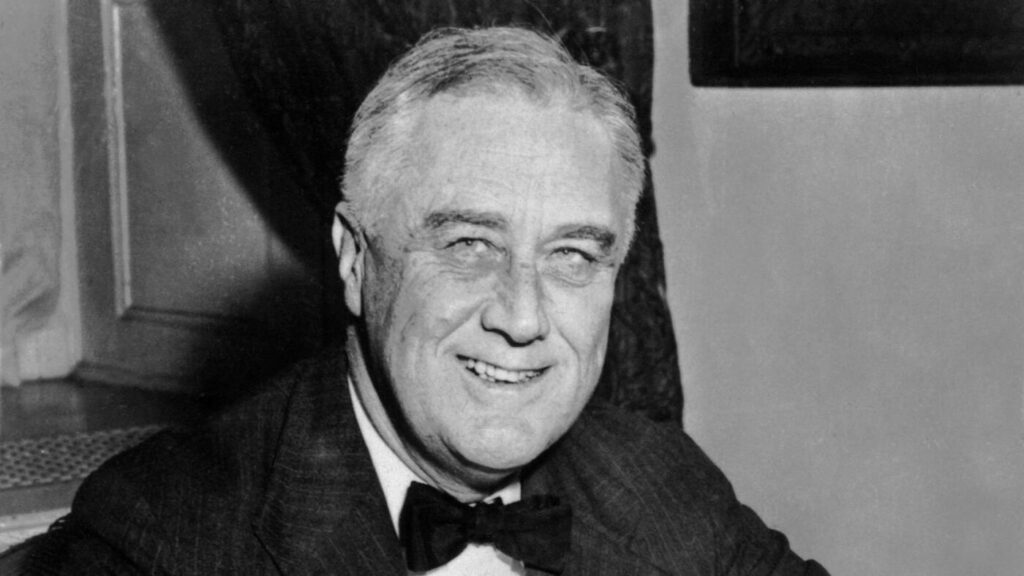President Trump and his allies have been vocal in criticizing judges who rule against his administration, accusing them of political bias and overreach. This criticism is not new, as presidents and members of Congress have historically challenged federal courts, including the U.S. Supreme Court, when their decisions are disagreed upon. The term “judicial activism” was coined in 1947 by historian Arthur M. Schlesinger Jr. to describe justices who he believed used the judiciary to advance social justice during the Roosevelt and Truman administrations.
Judicial activism refers to judges making rulings based on their policy views rather than a strict interpretation of the law, contrasting with judicial restraint that emphasizes deference to precedent. The label of judicial activism has evolved over time and is now used broadly to express dissatisfaction with court decisions. Various presidents, from FDR to Nixon to Reagan, have criticized what they perceived as judicial activism and advocated for different judicial philosophies.
President Franklin D. Roosevelt’s court-packing plan in response to the Supreme Court’s rejection of New Deal programs nearly caused a constitutional crisis. The term “judicial activism” has been applied differently throughout history, reflecting changing political landscapes. Chief Justice John Roberts has recently defended judicial independence against criticism from President Trump, emphasizing the importance of an independent judiciary. The ongoing debate surrounding judicial activism highlights the complex relationship between the branches of government and the evolving role of the judiciary in American politics.

